When planning an inclusive event, it's essential to ensure that every attendee feels welcome and valued. Accessibility isn't just about physical spaces; it encompasses communication, sensory experiences, and more, creating an environment where everyone can thrive. By addressing these aspects thoughtfully, you not only enhance the experience for individuals with disabilities but also foster a sense of community and belonging. So, let's dive deeper into how to effectively implement accessibility measures for your next event!
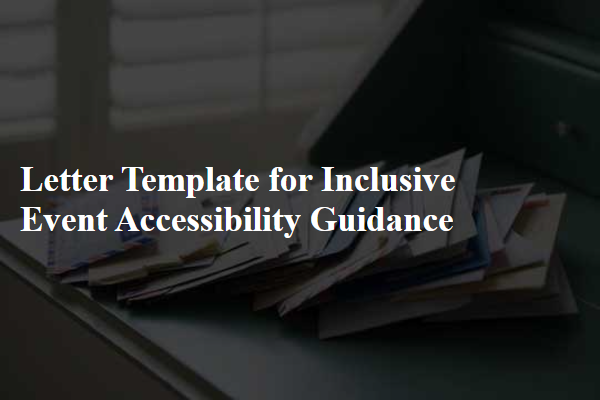
Clear Communication
Clear communication ensures all participants can engage meaningfully at events. Utilizing plain language (typically at a reading level suitable for ages 8 to 10) enhances understanding. Providing multiple formats, such as large print (minimum font size of 18 points), braille, and digital text files, accommodates diverse needs. Live captioning and sign language interpreters enhance accessibility for individuals with hearing impairments, ensuring real-time comprehension of spoken content. Visual aids, such as infographics and diagrams, can reinforce verbal information, making complex ideas more digestible. Additionally, offering materials in multiple languages can facilitate participation for non-native speakers, contributing to a truly inclusive environment.
Multiple Accessibility Options
Inclusive events prioritize accessibility for all attendees by offering multiple accessibility options. These may include wheelchair ramps and elevators, ensuring physical access to venues such as the Convention Center in San Francisco, known for hosting large events. Sign language interpreters can facilitate communication for individuals who are deaf or hard of hearing by employing professionals fluent in American Sign Language (ASL). Additionally, audio description services can enhance the experience for attendees with visual impairments, providing verbal narration of key visual elements during presentations or performances. Clear signage with high-contrast colors and Braille can aid navigation throughout the facility. Online platforms may offer live captioning and alternative formats for digital content, ensuring information is accessible to everyone before, during, and after the event. Providing sensory-friendly spaces, equipped with calming resources, allows individuals with sensory processing disorders to take breaks from stimulation, fostering an inclusive environment for all participants.
Pre-event Accessibility Audit
A pre-event accessibility audit is essential for ensuring inclusivity at gatherings such as conferences, workshops, and festivals. This process involves a comprehensive evaluation of the venue's features, including entrance ramps, available elevators, designated wheelchair-accessible seating, and accessible restrooms equipped with grab bars. Additionally, assessing transportation options, such as proximity to public transit routes and accessible parking spaces, plays a vital role in enhancing attendee mobility. During the audit, consider the auditory and visual aids available, like sign language interpreters, captioning services, and Braille signage to accommodate diverse needs. Engaging with individuals from various disability communities prior to the event provides critical insights, ensuring an accommodating environment for all participants.
Contact Information for Accessibility Requests
When organizing inclusive events, it is crucial to provide clear contact information for accessibility requests. Event coordinators should include a dedicated email address, such as accessibility@eventorganization.com, where attendees can reach out with specific needs related to accessibility. Phone numbers, including TTY (Text Telephone) options, should also be made available to accommodate various communication preferences. Moreover, it's essential to establish a deadline for requests, ideally at least two weeks before the event, allowing ample time for accommodations, such as ASL interpreters or wheelchair ramps, to be arranged. Listing physical address details of the venue, including public transportation accessibility options and nearby parking facilities, contributes to a more comprehensive guide. Ensuring that this information is prominent on promotional materials and the event's website enhances awareness and fosters an inclusive atmosphere.
Post-event Feedback Mechanism
Post-event feedback mechanisms are essential in ensuring inclusivity and accessibility for events held at venues such as community centers or conference halls. Organizers can utilize methods such as surveys or focus groups, gathering insights from attendees about their experiences regarding accessibility features like wheelchair ramps, assistive listening devices, or sign language interpreters. Feedback collection tools should be available in multiple formats, accommodating diverse needs, including online forms for those with internet access and printed copies for others. Anonymity in feedback can encourage honest responses, identifying areas for improvement. Analysis of this feedback allows organizers to enhance future events, fostering a more welcoming environment for all participants.

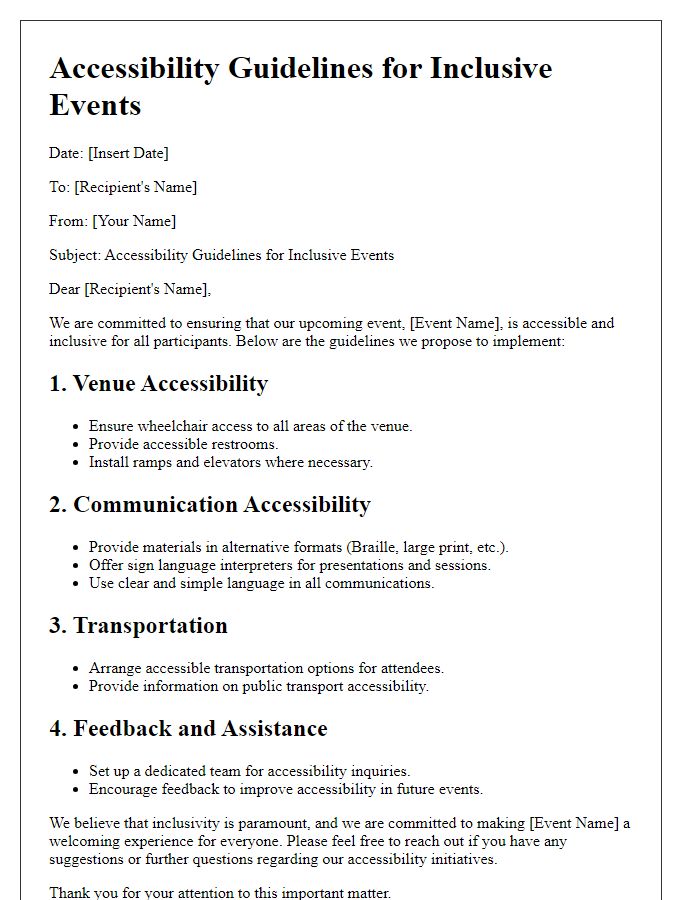

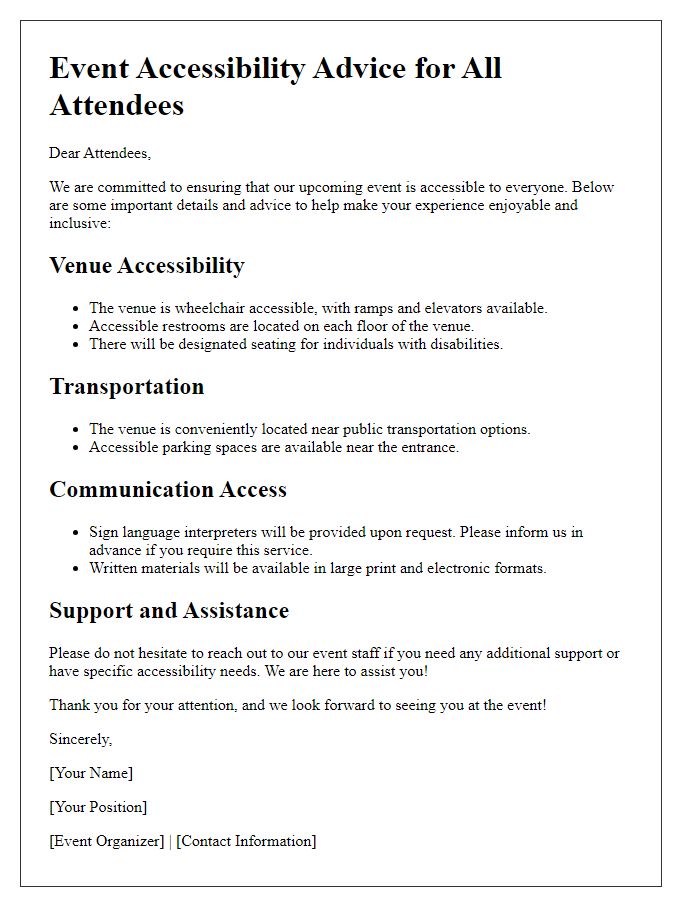
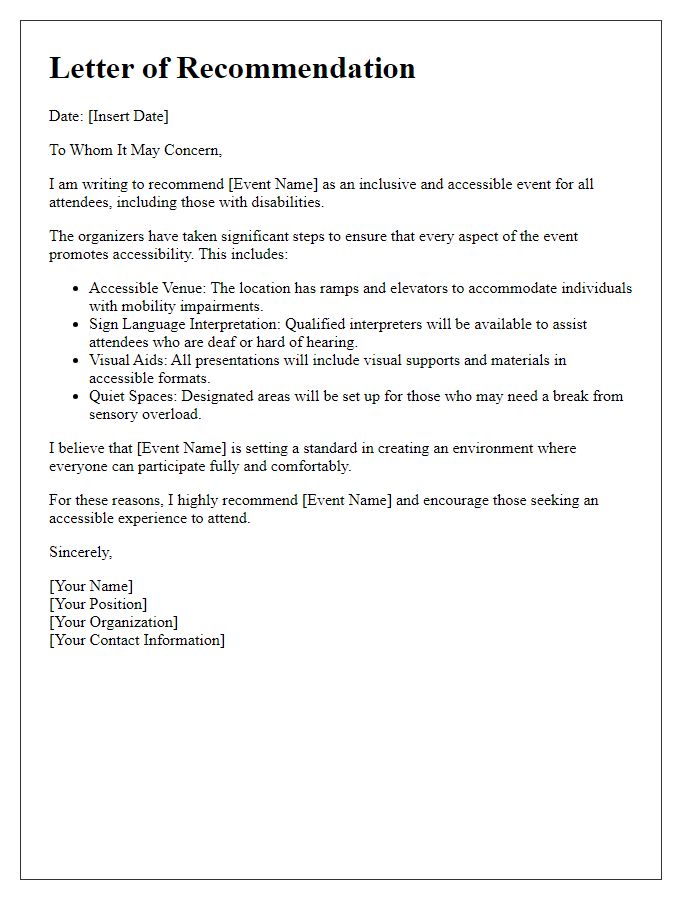
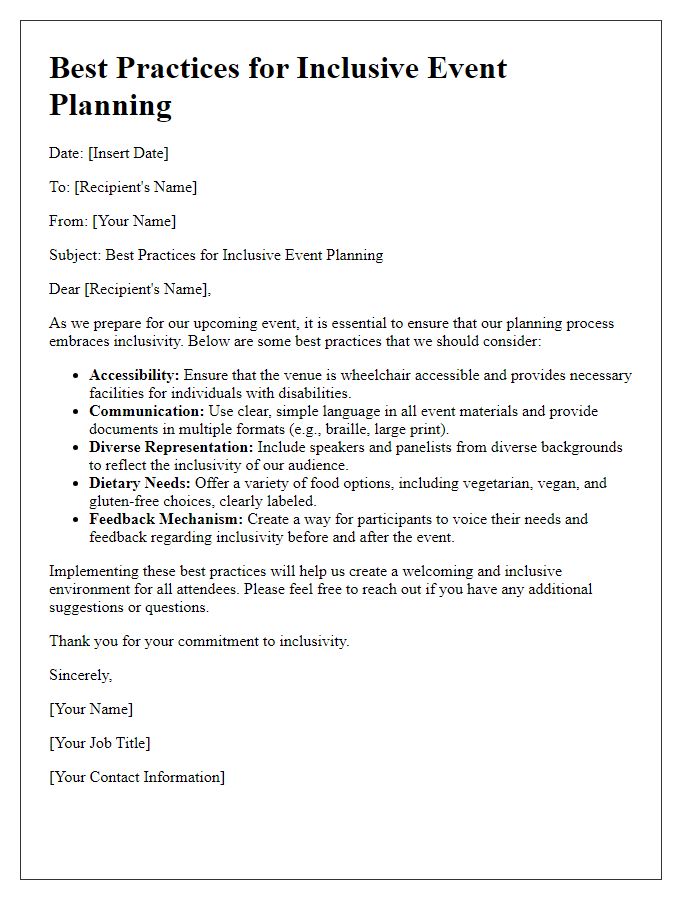
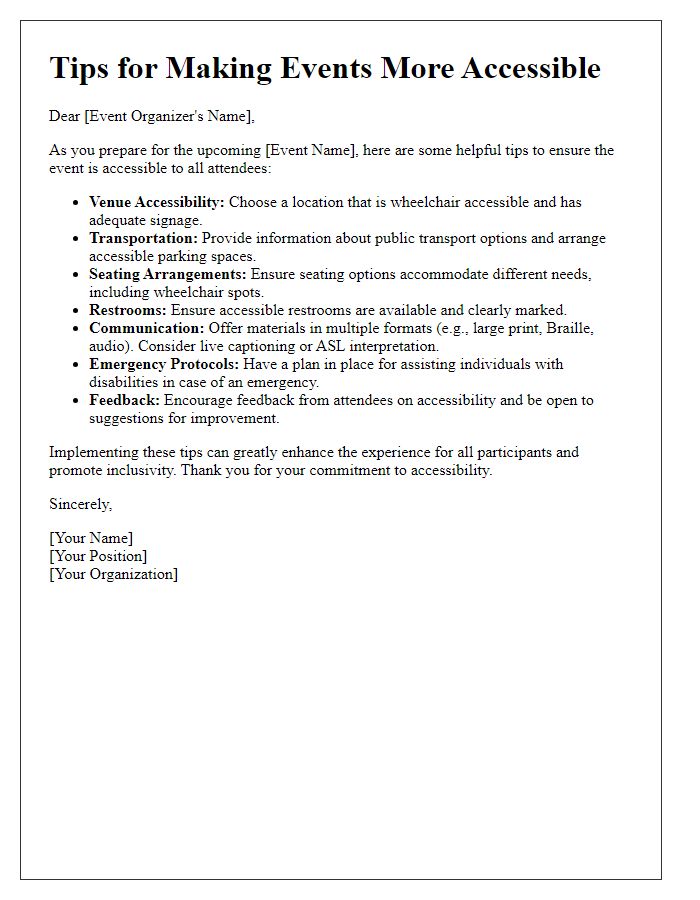
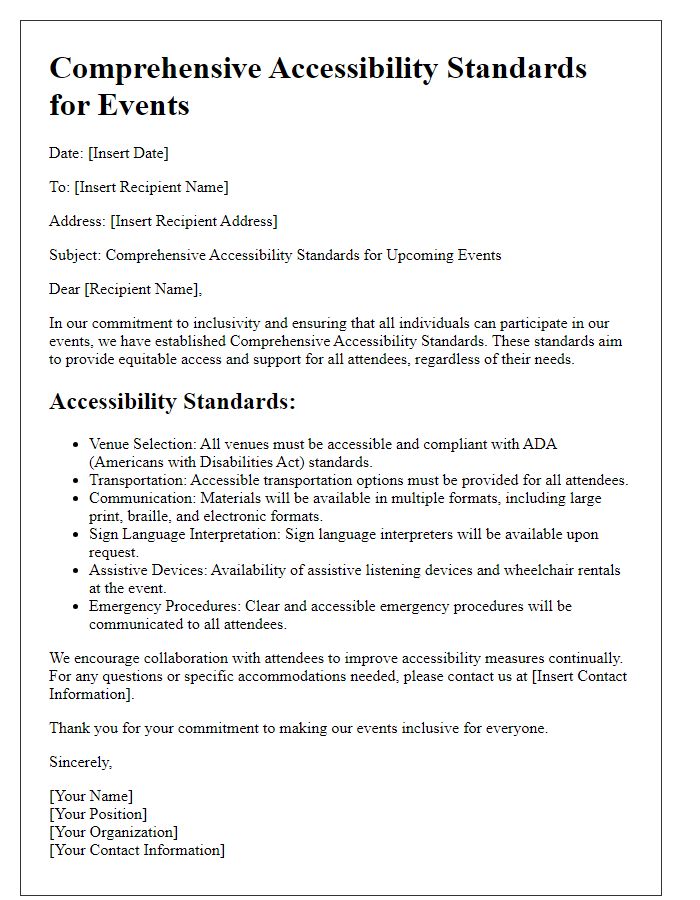
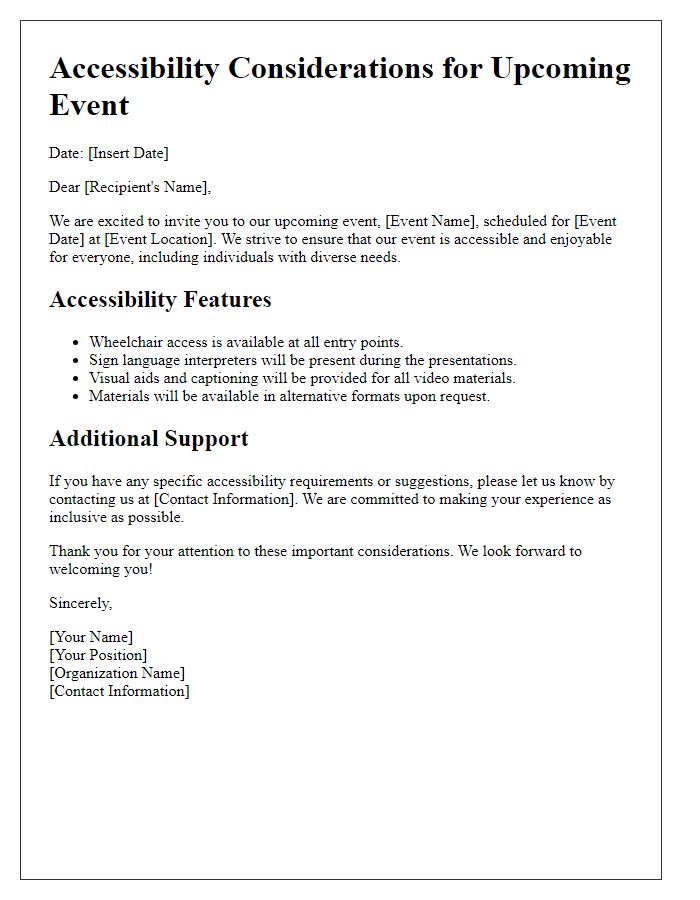
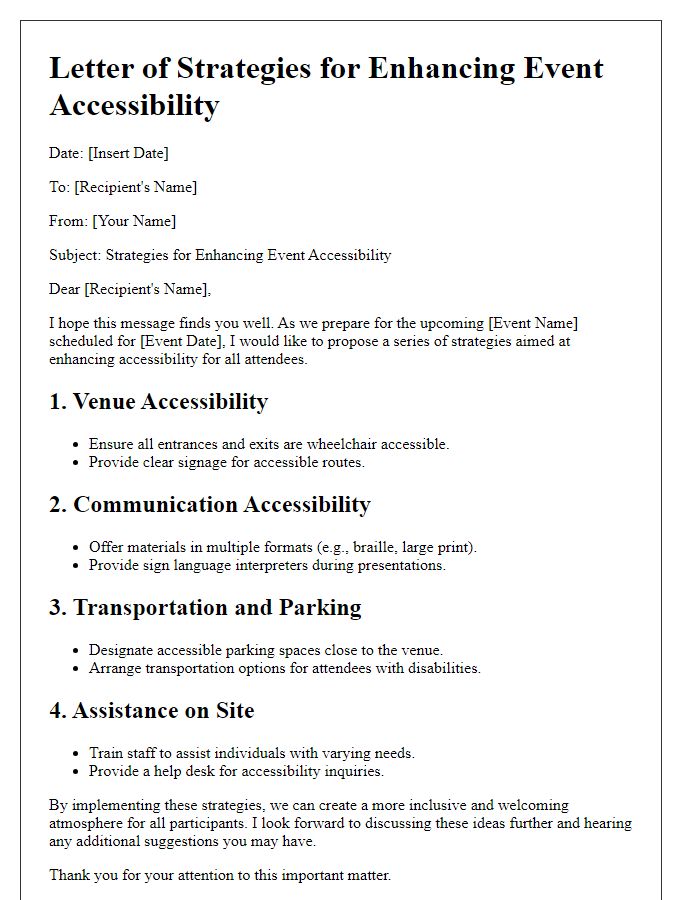
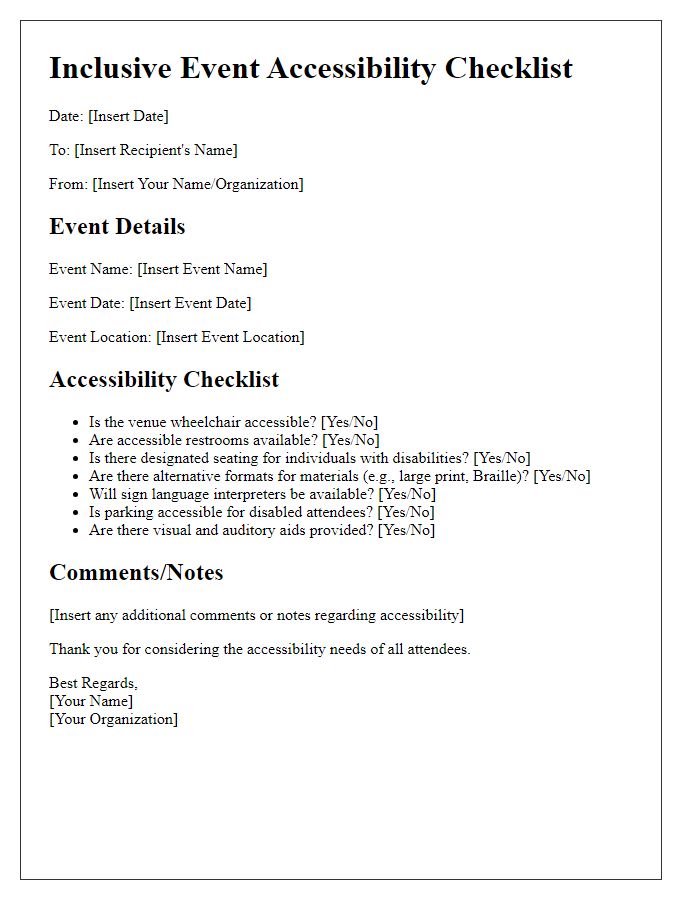

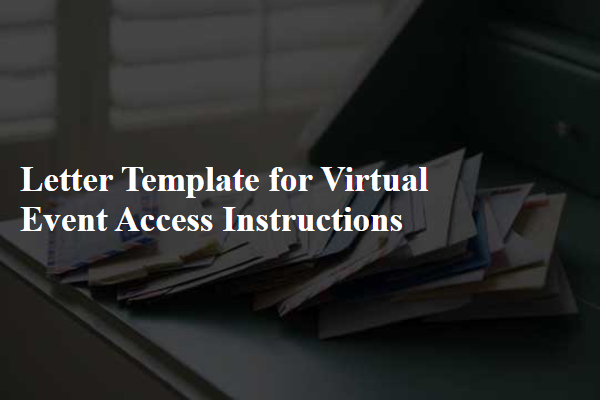
Comments